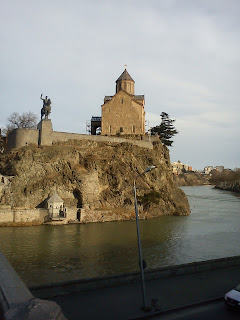SPORT AND TOURISM
For decades, tourism and sport have been accelerating towards a strong convergence. In 1999, the WTO and the International Olympic Committee (IOC) felt it was time to sign a Cooperation Agreement that sanctioned the growing interrelation between the two.
There are several aspects to take into consideration in this intersection, which is not conjectural, but inherent to the very core of the two activities and has implications for development, marketing and economy, and human values.
The sport-tourism phenomenon has now reached global dimensions and the reason is clear: tourism is the third world industry (pre-pandemic data) while sports represent the first world industry of active distraction. Sport is everywhere from the daily routine of many of us all around the planet to the showbiz: more and more sportsmen have risen to the role of collective heroes, role models and celebrities, often in parallel to the traditional star system.
Sport is one of the most sought after and used antidotes to stress and depression, two of the emerging diseases of modernity.
In addition, sport has become more and more spectacular, and turned into one of the most spread collective ritual that involves ever-crescent numbers of participants. I of course refer to giant sport events. Majestic sport events have always accompanied the history of humanity, both in their own athletic aspect, as a celebration of the body and its potential, and as great collective rituals, capable of mobilizing and entertaining numberless crowds, fully comparable to other huge events such as music, religious celebrations or political meetings. Today the huge resources investments, the demographic factors, the capacity of the infrastructures and the transport network, the media are scoring numbers that are ever more impressive.But the point is not just mega events. The world of sport is multifaceted, it’s a mille foils. It is widely present in all territories, and capable of producing an inexhaustible variety of types of performance and events. From large events with global visibility, sports events can be modulated to national, regional, provincial, local ones, and all of them are able to attract a proportional number of practitioners and tourists, and to promote a territory and its specificities.
The promotion of the location and entertainment are clearly two factors that intertwin tourism and sport. Sport, like tourism, moves emotions and puts people in a position to live a unique experience.
Therefore, tourism and sport have a growing relationship due to the potential they activate in old and new destinations. It is practically impossible to follow the rivulets of all the new trends that sport alone - and even more so the combination of sport / landscape - create incessantly. Some of them are destined to remain experiments or short-lives fad, others are new trends that determine the birth of new sports and a whole new market of travelers and destinations. This convergence has paved the way for old destinations to differentiate their markets, and for new ones to experience a tourism boom. In a word putting together sport and tourism means growth. Growth must be welcomed and supported through a targeted and calibrated tourist reception, consistent with the needs of this type of tourism. The first thing that comes to my mind are targeted infrastructures and services, including adjustments in terms of supplies and aesthetics for the sport sub-culture. Then, all subsectors supporting this kind of demand.
One thing is certain: sport and tourism are two fundamental tools of wellbeing. And, it is above all this that a sports-tourist will look for.



Commenti
Posta un commento